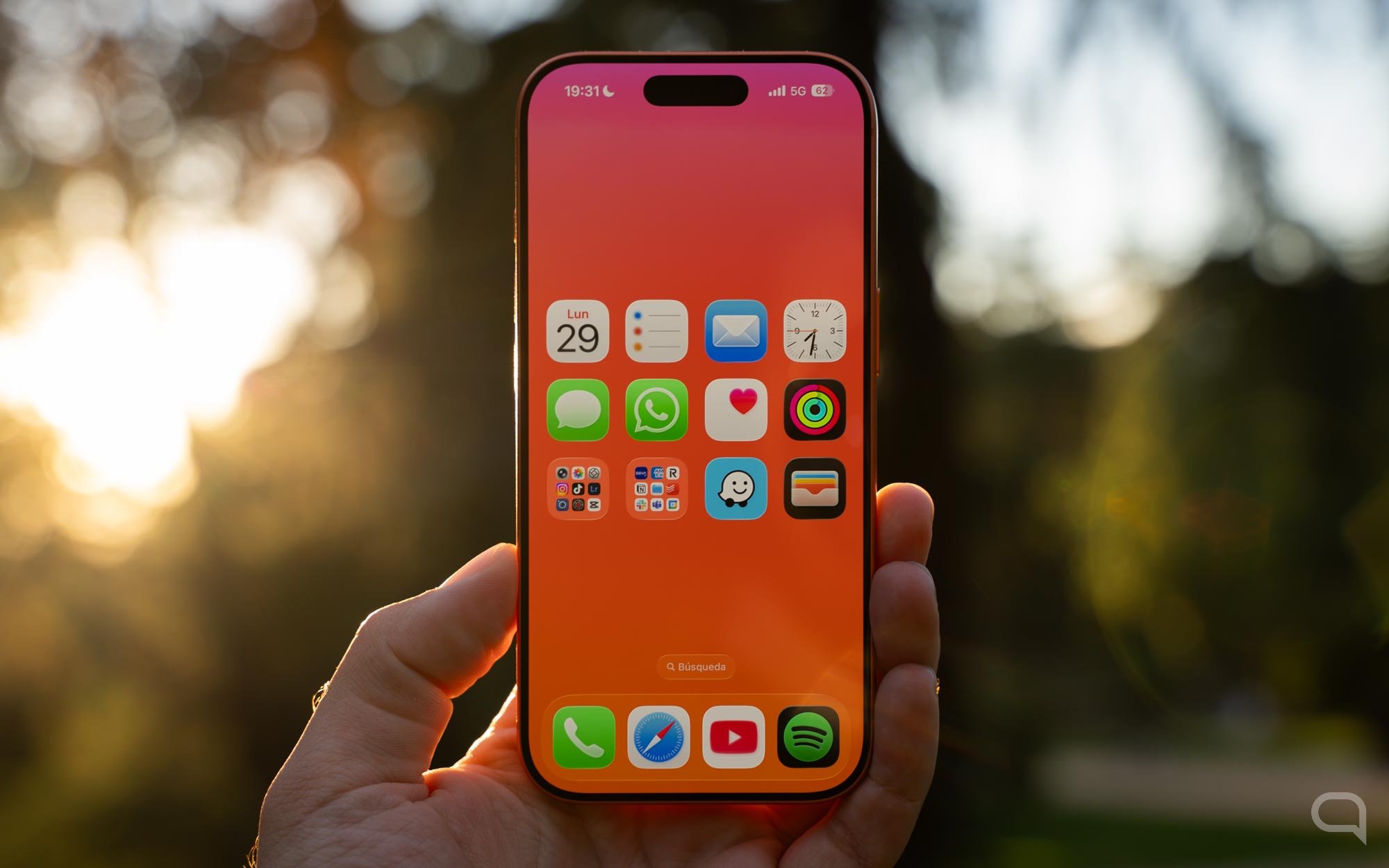In a few hours, Astrobotic went from euphoria to melancholy. The company responsible for Peregrine ship faced dramatic moments as he tried to salvage what could have been the United States’ return to the moon after more than 50 years. But on Tuesday the company confirmed there was nothing more to do.
The unmanned module in question has “no chance” of making a soft landing, Astrobotic said this in a statement. The firm, NASA’s partner in this project, has thus confirmed the severity of the fuel leak reported yesterday, Monday.
At night, the team encountered another problem with the orientation of the Sapsan spacecraft: it began to move away from the Sun and reduced its solar energy generation capacity. The mission team estimates that the propulsion system will end in less than 40 hours.
The Sapsan spacecraft was scheduled to land on the Moon on February 23. NASA has agreed that the Astrobotic module will include five instruments to study the lunar environment, radiation levels, and surface and subsurface water ice. It will also carry five small lunar rovers. All this will help collect new data and prepare the conditions for the return of people to the Moon after more than half a century.
The goal is now bring the Sapsan ship as close to the Moon as possible before it loses its power. “We continue to generate valuable data and demonstrate spaceflight operations for components and software associated with our next lunar mission, Griffin,” the company explained. If it manages to get close enough, there is a chance that sooner or later the unmanned vehicle will crash into the lunar surface.
The Peregrine spacecraft will not be able to land on the moon due to technical problems

The 1.2-tonne module was launched on the maiden flight of the Vulcan rocket, which has been in development for more than a decade by United Launch Alliance (ULA), an alliance between Boeing and Lockheed Martin. The Peregrine mission not only brought the United States back to the Moon for the first time since 1972. It also aimed to become the first mission successfully completed by a private company. Something that, of course, will not come true.
But this year the attempts will be repeated several times, despite the failure of the Sapsan ship. Astrobotic plans to launch the Griffin mission in late 2024. Its goal is to deliver the VIPER robotic vehicle to the south pole of the Moon. Last year, India made history by becoming the first country to land an unmanned mission on the Moon in this region of our natural satellite.
Astrobotic is just one of three US companies that plan to send unmanned vehicles to the lunar surface this year. The other two are Intuitive Machines and Firefly. NASA promoted these agreements to, among other things, reduce costs.
NASA said Monday it is working with Astrobotic to determine the consequences of the failure of the Peregrine spacecraft mission. Projects like this “are new to the agency, and anything new comes with higher risk,” said Joel Kearns, deputy associate administrator for exploration at NASA’s Science Mission Directorate.
Artemis Timeline Delay

The inability to soft-land the Sapsan spacecraft on the Moon is not the only problem facing the US space program. NASA hoped to return humans to the Moon by the end of 2025 with the Artemis III mission. However, the schedule was affected by a number of problems with flight testing, development of the lunar lander for astronauts and spacesuits.
The agency has finally begun to revise the timetable for returning to the Moon. NASA now plans to complete Artemis II, the first manned mission to orbit the Moon, aboard the Orion spacecraft, by September 2025. And Artemis III has been delayed until September 2026. The US Government Accountability Office published a report in December which already indicated that it was “unlikely” that It will be possible to land people on the Moon before 2027.
Source: Hiper Textual














